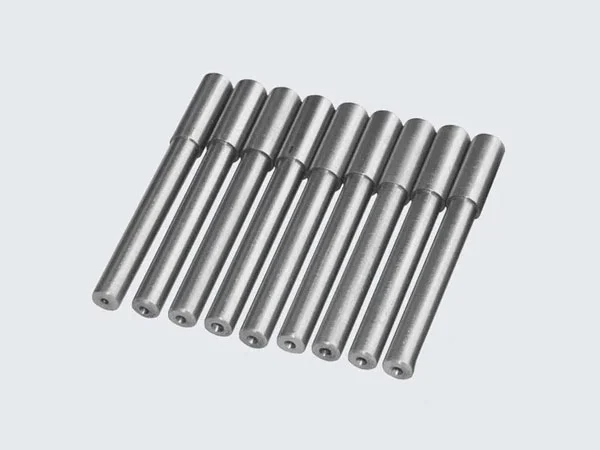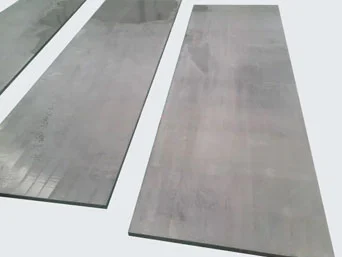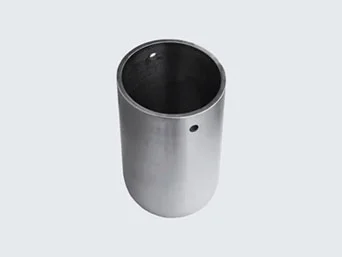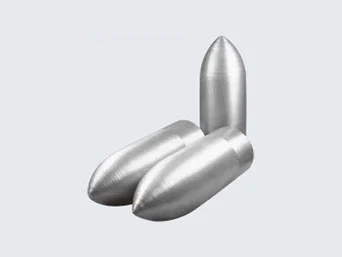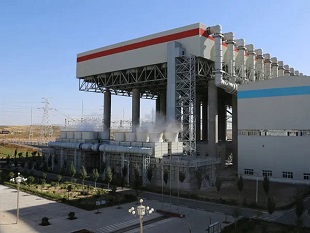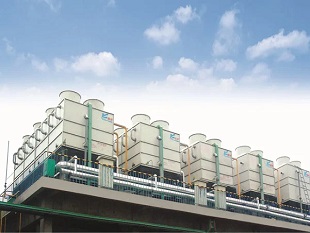The operating principle of a tungsten pin refers to the behavior of tungsten metal under certain conditions. Tungsten is a hard, dense metal that has a high melting point (3,422 °C) and is highly resistant to corrosion and wear. It is used in a variety of applications, including electrical contacts, filaments, and electrodes.
In the case of a tungsten pin, its operation relies on its ability to conduct electricity and resist high temperatures. Tungsten pins are typically used in welding machines, plasma cutters, and other industrial applications that require a high-temperature environment.
When an electrical current is passed through the tungsten pin, it heats up due to its high resistance to electricity. The heating process causes the tungsten pin to reach a high temperature, which allows it to melt and fuse with the surrounding metal.
As the tungsten pin melts, it creates a pool of molten metal that can be used to fill gaps and create strong, reliable welds. Once the welding process is complete, the tungsten pin cools and solidifies, creating a strong bond between the two metal pieces.
The operating principle of a tungsten pin is based on the unique properties of tungsten metal, which allow it to withstand high temperatures and conduct electricity efficiently. This makes it an ideal material for use in a variety of industrial applications, including welding and metal fabrication.


